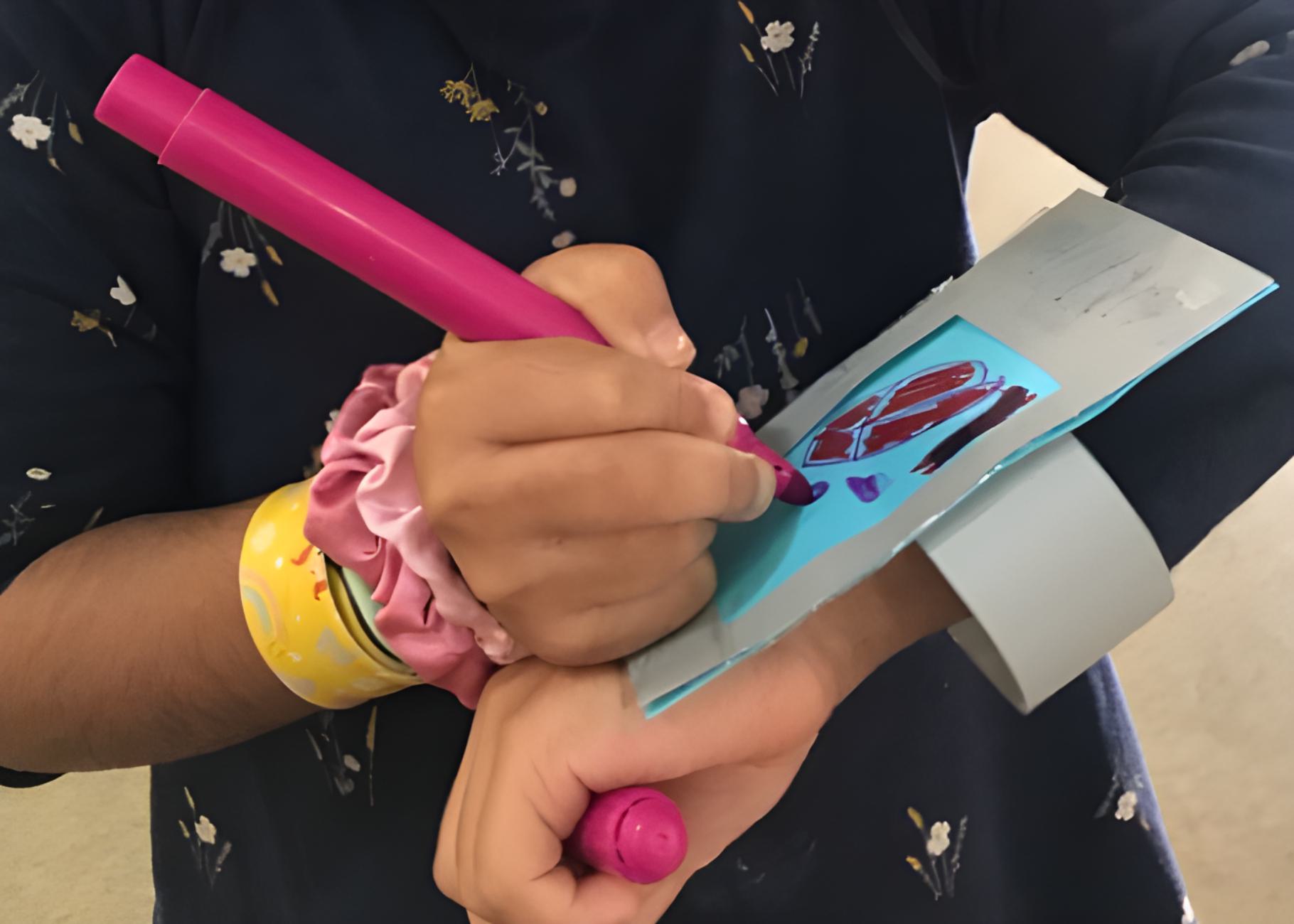What is this about?
Young children have opportunities for play and pedagogy in digital contexts. Play and pedagogy involves children using a range of digital devices for exploration, meaning-making, collaboration, and problem solving. Educators engage in active decision making about the use and non-use of digital technologies for learning.
Read more about Play & Pedagogy hereWhy is this important?
Young children today are growing up with digital technologies that are used for play, learning, and teaching in early childhood education and care settings. When young children and their adults play, learn, and teach with technologies, they can explore and create new ideas and materials together.
Which practices support Play & Pedagogy?
In our project, we identified three practices that are helpful for supporting young children to learn and develop in the area of Play and Pedagogy.
| Practice | Description | Resources |
|---|---|---|
|
Acknowledging |
Adults notice and recognise children's interests in and experiences of using digital technologies and interacting with digital media and popular culture. Example: An educator noticing a child’s interest in their favourite program and providing an opportunity for a short viewing of the program with peers. |
|
|
Interpreting |
Children interpret their experiences with digital technologies and media through play and in discussion and collaboration with others. Example: Children and their educators creating and recording mini episodes of a child’s preferred program. |
|
|
Integrating |
Children and adults integrate digital technologies with non-digital media and/or experiences. Example: Children using an augmented reality app about dinosaurs in conjunction with hands-on materials including blocks and toy dinosaurs. |
|
Also useful
There are other practices which may also be useful for the Play and Pedagogy ECA area.
Engaging: Children and adults use devices to engage children in physical activity, including audio/video for dancing, yoga, outdoor activities, and/or use device functions such as maps or timers to enhance opportunities for movement (e.g., using a mobile phone timer to record how long it takes for the child to complete a lap of the park on their bike).
Young children’s health and wellbeing is actively supported in digital contexts
Launching: Adults capitalise on children’s media interests to launch children into physically active play to transition from screen viewing or to foster non-digital play (e.g., playing a game of ‘Keepy Uppy’ with balloons after watching an episode of Bluey in which Bluey and Bingo play the same game).
Young children’s health and wellbeing is actively supported in digital contexts
Planning: Adults use internet-connected devices to research ideas to plan opportunities for children’s physical activity (e.g., searching online for fun ideas for active rainy-day play).
Young children’s health and wellbeing is actively supported in digital contexts
Inspiring: Adults and children share digital content to initiate non-screen activities, such as searching for active play ideas, craft, cooking, or developing new physical activity interests (e.g., a parent and child looking up an online recipe to bake a cake together).
Young children’s health and wellbeing is actively supported in digital contexts
Using: Children use digital technologies to access and share information and to communicate with others (e.g., searching for information with adult supervision and support to find out more about the type of birds observed by children in the garden).
Young children’s relationships with adults and peers matter in digital contexts
Showing: Children show others how to use and engage with a variety of hardware and software (e.g., children demonstrating and explaining to each other how to take photographs using an iPad).
Young children’s relationships with adults and peers matter in digital contexts
Discussing: Children, their peers and adults discuss, consider and reflect on digital content and/or the use and application of technologies in context (e.g., children and adults considering media classifications when selecting digital content).
Young children’s relationships with adults and peers matter in digital contexts
Supervising: Children use internet-connected technologies with filters and passwords applied and always with active adult supervision (e.g., parents implementing expectations that internet-connected devices are used by children in communal spaces, such as the family living room).
Young children’s citizenship is upheld and fostered in digital contexts
Knowing: Children and adults know about the people and data they are interacting with using internet-connected technologies (e.g., parent saying to child, “We know we are talking to Auntie, so this is a safe video call to take”).
Young children’s citizenship is upheld and fostered in digital contexts
